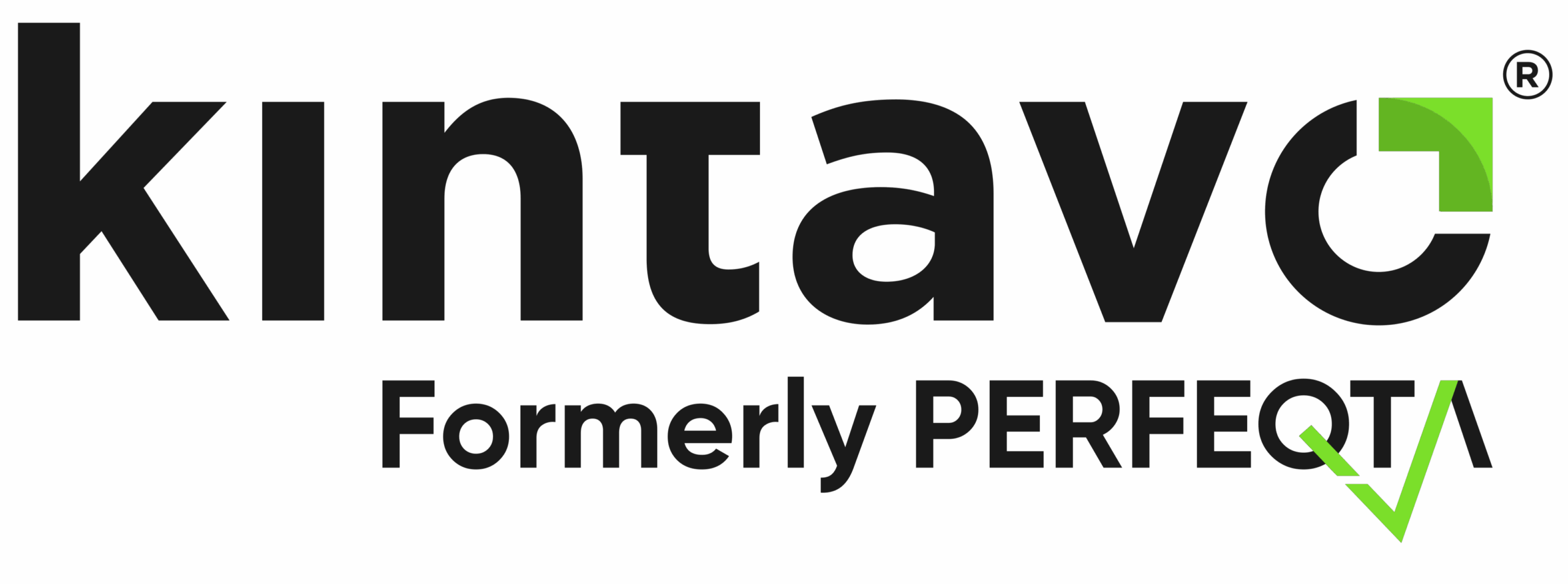The Cost of Quality: How to Measure and Reduce it
The cost of quality (COQ) quantifies the expenditures and losses associated with maintaining quality. Tracking COQ enables organizations to gauge quality program effectiveness and identify areas for improvement.
Here are steps to measure and reduce your quality costs:
1. Define COQ Categories
Typical categories include prevention costs (training, process improvement), appraisal costs (testing, audits), internal failure costs (rework, scrap), and external failure costs (returns, warranty work).
2. Establish Data Collection Processes
Determine reporting procedures and assign responsibility for capturing costs across departments like production, service, finance, procurement, and HR.
3. Implement COQ Reporting
Build reports aggregating costs from all sources into the COQ categories on a regular basis. Automated data collection speeds this up.
4. Identify Reduction Opportunities
If prevention and appraisal costs are lower than failure costs, investigate ways to increase “good” quality spending for long-term savings.
5. Prioritize High-Impact Areas
Pareto analysis helps focus reduction efforts on vital few sources generating the most “bad” quality costs. Address the biggest hot spots first.
6. Optimize Processes
Improvements such as mistake-proofing manufacturing, supplier assessments, training, and inspection reforms target the root causes behind high COQ.
Tracking and reducing COQ establishes a model for data-driven, financially justified quality decisions. Quantifying the cost of problems motivates action.
Frequently Asked Questions
Here are common COQ questions:
Q: What are examples of the cost of quality?
A: Examples include inspection costs, product testing, equipment calibration, process audits, reworking products, fielding customer complaints, returns, and warranty claims.
Q: What are the 4 types of quality costs?
A: The four categories are prevention costs, appraisal costs, internal failure costs, and external failure costs.
Q: How do you calculate the cost of poor quality?
A: Add up costs related to rework, scrap, warranty claims, customer refunds/returns, replacement parts, inspection, testing, and audits. The total is the cost of poor quality.
Q: What is a good cost of quality percentage?
A: Experts recommend spending at least 2.5% of revenue on prevention and appraisal activities. High performers spend 5-10% on “good” quality costs.
Q: How do you implement the cost of quality in manufacturing?
A: Define metrics, gather data in MES and ERP systems, generate COQ reports, determine goal ratios for prevention/appraisal vs. failure costs, and execute improvements.
Measuring and reducing quality costs creates visibility for informed decisions, quality improvements, and significant long-term savings. A data-driven COQ program is a hallmark of mature quality organizations.

